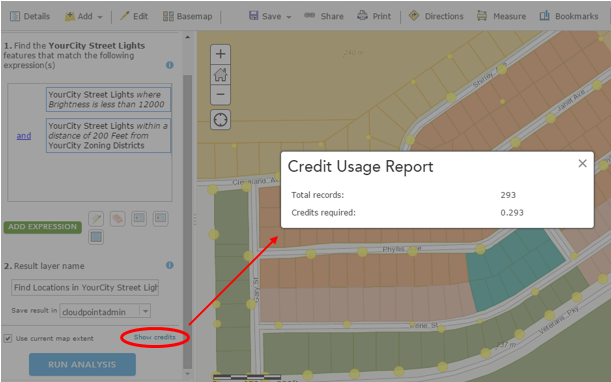ArcGIS Online has released a new update for November.
Here is a list of what was expected.
Among them is a hidden gem that hardly got noticed or mentioned but will change the way we do GIS on the Collector App.
World Imagery, World Street Map, and World Topographic Map will be updated with additional levels of detail in the tiling scheme to support display of larger scale data in or on the basemap.
Did you see it? No neither did anyone at our office. That was until Paul stumbled upon it while using Collector this week during a data collection project. He kept zooming in and zooming in until all the valves were individually visible.
If you have never come across this, it's a BIG stumbling block for utility folks! Lots of these guys have oversized hands and clicking on a bunch of tiny dots can really get frustrating.
This is the difference from an ArcGIS Server Cache to the Esri imagery Basemap
In the past we have created a tile caches down to 1:500 for ArcGIS online (Or 1:250 if they have ArcGIS Server) this allows our clients to zoom in close enough to see the different features. Possibly click on several and hope the one they want got selected.
No More!
Esri updated Three Basemaps (4 if you count Labels) World Imagery, World Street Map, and World Topographic Map that now zoom-in to an unbelievable 1:71 !!! I cannot overstate how awesome this IS. Sure the imagery and maps are a little fuzzy but WHO-CARES at that scale you just want to be able to see the features separately.
If you look into this on ArcGIS Online web map, you can see that it's actually called "Room Level"
**Note if you Don't see this change on the Webmap interface, SAVE your map and try opening it again. AGO is a SAAS, but still needs to update the capabilities of the Webmap.
Now, get out there you large-handed-gorilla & Zoom-Zoom!











